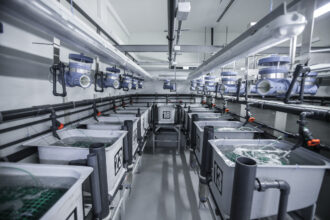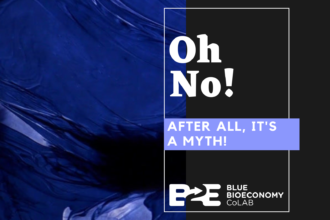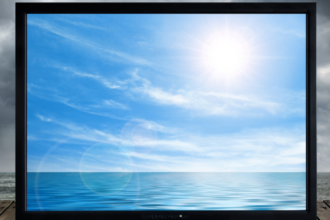Did you watch Seaspiracy too? Before you stop eating fish: stop!, listen! and look!
Like most controversial documentaries, Seaspiracy has spawned news and opinion pieces all over the world. With millions of views, the answer has essentially two approaches: on the one hand, we have those who question the practices of the fishing and aquaculture sectors and advocate that we must stop consuming fish, and on the other, we have those that warn you to “stop, listen, look” – the picture is incomplete and, in some cases, it shows incorrect data.
With all due credit for the defense of the ocean and the need to rethink several processes and strategies (by the aquaculture industry), to stop consuming fish, namely from aquaculture, has the – disastrous – result of an exponential increase in pressure on other forms of protein source and production (animal or vegetable).
We will be almost 10 billion humans by 2050 and, without consuming fish or meat, (hello, Cowspiracy!), can you imagine the amount of plants needed to feed us all and what will be the volume of natural resources (land, water, agrochemicals, even in biological production there are some admitted) needed for its production?
So, what do we suggest you do after watching the documentary? (available here).
STOP! – Before going with the flow and following the idea that stopping eating fish is the solution.
LISTEN! – to the pros and cons, including scientific data from credible and independent sources.
Some examples that we consider extremely pertinent are available in the article by Pedro Carvalho, nutritionist, in Público, from which we highlight:
“Aquaculture is not the solution, but an even bigger problem.”
False. Did you know that aquaculture already provides more than half of the fish consumed in the world? This means that it is essential to reduce pressure on wild fisheries, allowing for the maintenance and/or recovery of stocks.
“The oceans will run out of fish by 2048.”
False. What if we tell you that, thanks to the articulated work of science, fisheries and sector organizations, fish stocks being monitored have increased?
At the same time, it is urgent to rethink our effective needs and redirect our demand, a power that all of us, consumers, have. This might mean investing in aquaculture and fisheries products, with certification of local or national origin.
On the other hand, for those like us (we are a non-profit association for the promotion of the blue bioeconomy), who work in the area and have a vision in the field of Ocean Literacy, it is unanimous that Seaspiracy was a lost opportunity to show what the industry has been doing and what else can be done. Besides certification and product origin, strict environmental legislation, animal welfare regulations, food safety, innovation, among other aspects, make all the difference in how aquaculture has evolved, and this is a key piece the documentary fails to address.
Origin matters – the blue economy in Portugal
As stated by Priscila Silva, a biologist, I saw Seaspiracy. What now? (also at Público), within fisheries, the secret is to diversify: “look for species fished in our coast by our fishermen. Explore recipes and let yourself be amazed by the attributes of our fresh fish. After all, we don’t need (as much) salmon, cod or hake as we think.”
Despite being considered small in size and population, Portugal is a big country in the blue bioeconomy sector, as we are the largest consumer of seafood in Europe and the third-largest in the world, with almost 60 kg per capita. Fishing is a traditional activity that “contributes directly and indirectly to the employment and income of these communities where work opportunities are more restricted. There are approximately 160 fishing ports across the country, where catches from 3902 vessels are landed. Of these vessels, about 90% are less than 12 meters long, considered small-scale or artisanal fisheries.”
However, we import a large part of the fish we consume. This is partly because we chose to bring to our table more traditional species such as cod, tuna, hake, among others. This happens, despite capturing about 200 different species. “In short”, as Priscila Silva says, “we consume very little of what our sea gives us and what we fish does not reach us, which has environmental (such as overfishing) and economic (import) consequences.”
In addition to these articles, we suggest:
Faceless and voiceless: ‘Seaspiracy’ documentary dehumanises aquaculture sector
Seaspiracy. I am not quitting fish
The solutions “Seaspiracy” missed
LOOK! – Finally, assess all the information collected, what the experts in the sector stand for, as well as scientists, official entities or independent NGOs, doctors, and nutritionists. You will then be ready to make your own choices, in an informed, thoughtful way, following the criteria that make sense to you, including the rational ones – knowledge plus wallet, and the emotional ones – values, taste and gastronomic preferences, from the gustatory memory to the search for new experiences 😊.





